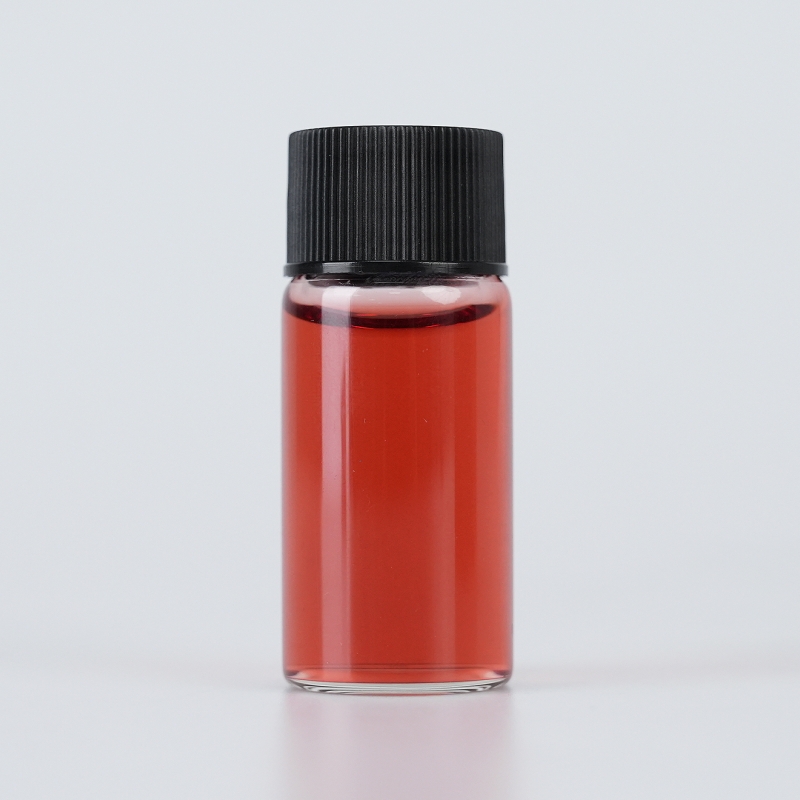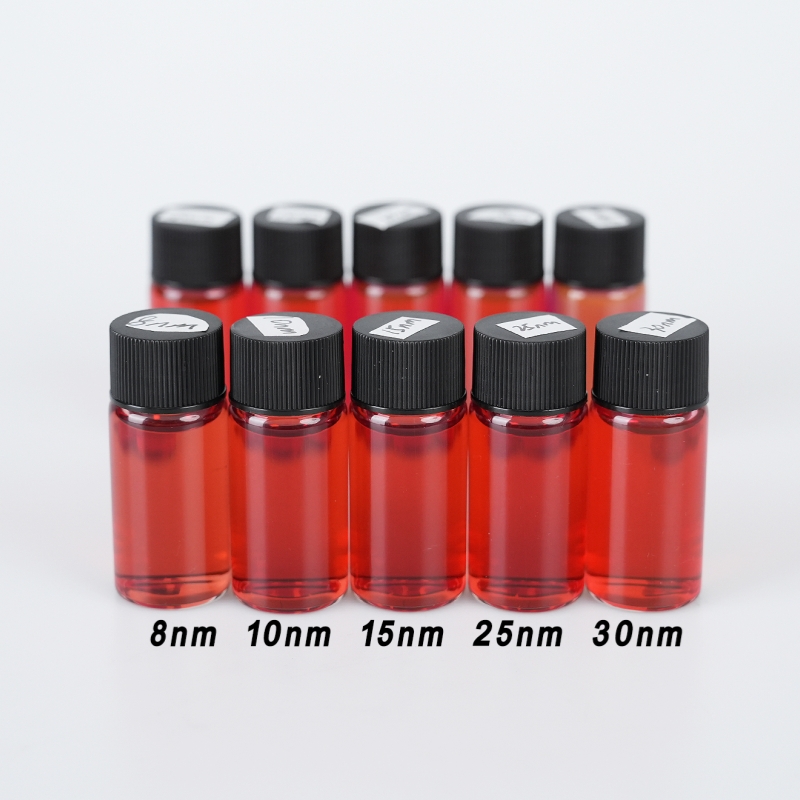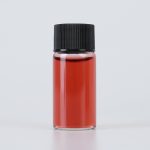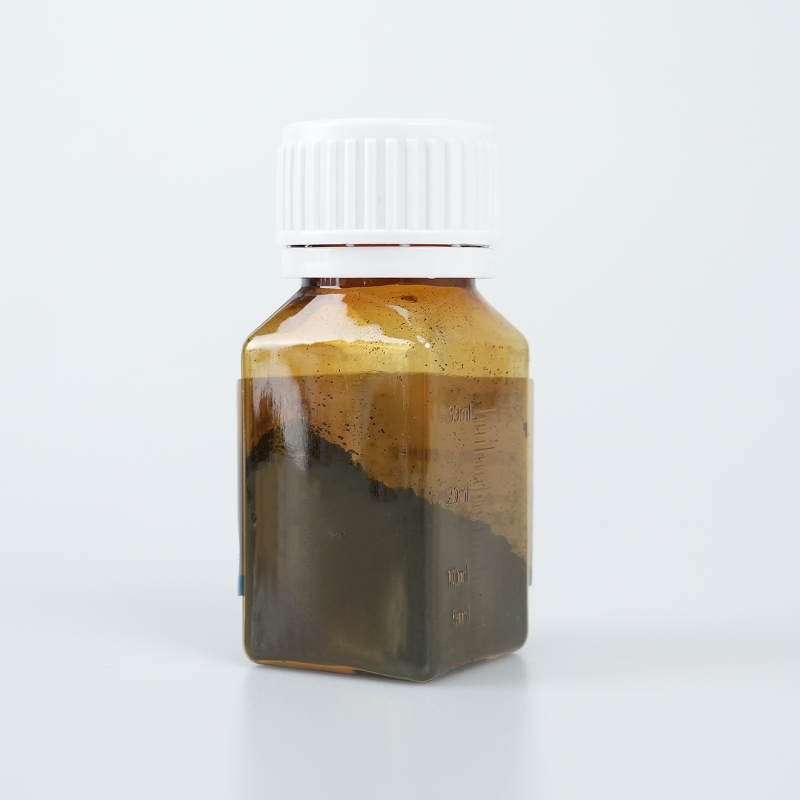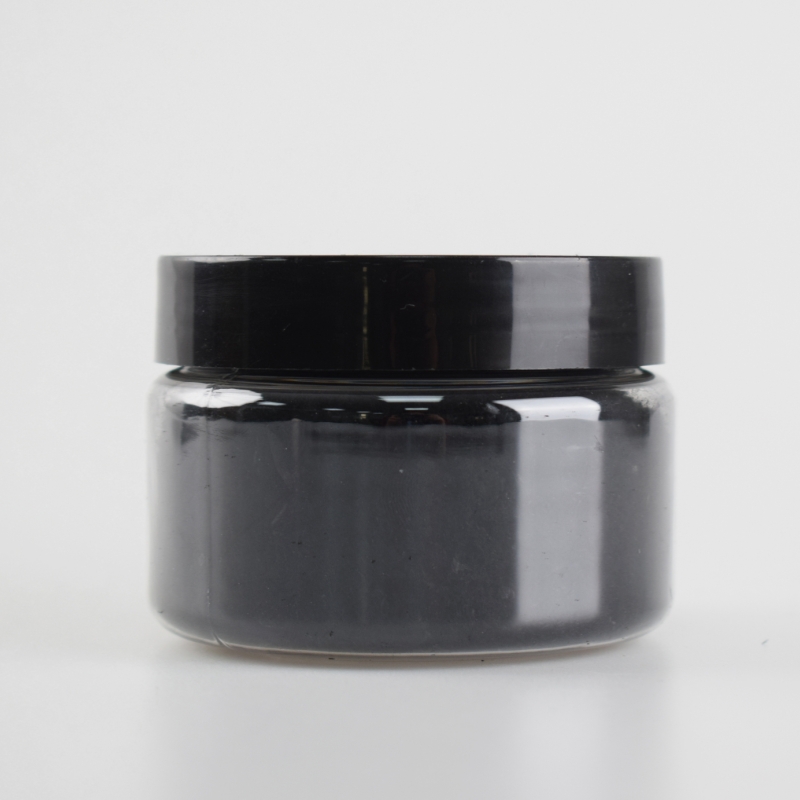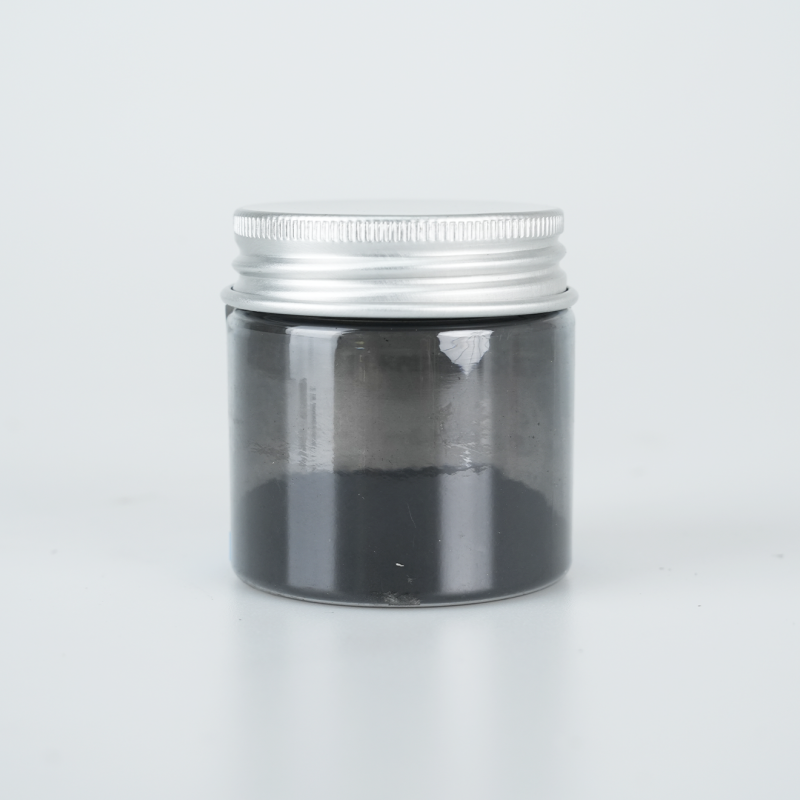High-concentration gold nanoparticles provide optimized colloidal stability, superior plasmonic properties, and enhanced surface reactivity. Designed for advanced applications, they ensure efficient material integration, extended durability, and high-performance adaptability.
Product Overview
Gold nanoparticles, also known as colloidal gold, are a system where gold nanoparticles are dispersed in a solution. They are typically prepared using a sodium citrate reduction method, also known as the seed-growth method. The size of the gold nanoparticles directly affects the color of the solution. As the particle size increases, the absorption wavelength of the solution shifts toward longer wavelengths, resulting in different color characteristics.
Features
- Optical Properties: Exhibits surface plasmon resonance, producing specific absorption and scattering spectra. This makes it useful in fields like biomedical detection and optical imaging.
- Stability: High chemical stability.
- Biocompatibility: Low toxicity to biological systems, making it suitable for drug delivery and biological labeling in medical applications.
- Catalytic Properties: Acts as an efficient catalyst in chemical reactions.
Applications
- Biomedical Field: Used in disease diagnosis, immunoassays, and biosensors. It can also be used for drug delivery with targeted release.
- Chemical and Materials Science: Serves as a catalyst in chemical reactions or as a base material for constructing other nanostructures.
- Optical Field: Used in optical sensors, filters, and Surface-Enhanced Raman Scattering (SERS) applications.
- Electronics Field: Applied in the production of nanoelectronic devices.
- Environmental Monitoring: Can be used for high-sensitivity pollutant detection.
| Item | Parameter |
| Color | Pink |
| Solvent | Water |
| Note | Concentration depends on the feed ratio; actual loss may |
 new material
new material

